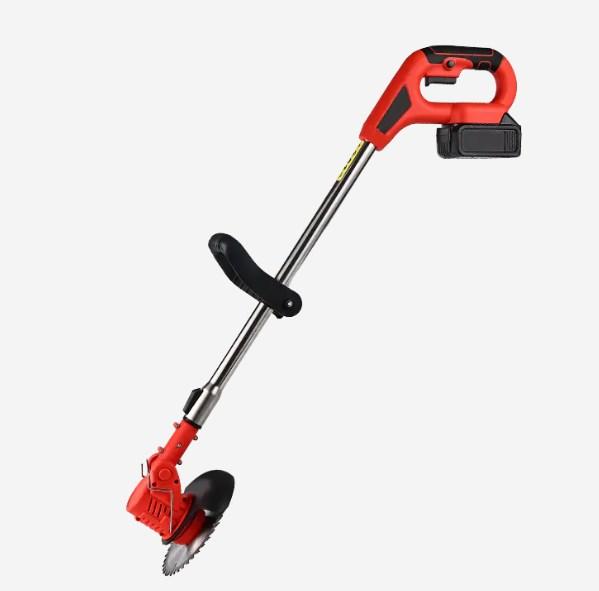Green Power Management: Strategies for Energy Saving with Lithium Battery Garden Tools

The integration of lithium battery garden tools into the gardening and landscaping industry has not only provided a cleaner and quieter alternative to traditional gasoline-powered equipment but has also opened up new avenues for energy conservation. As the demand for environmentally friendly and cost-effective solutions grows, understanding how to maximize the efficiency of lithium battery garden tools becomes increasingly important.
One of the primary ways to conserve energy with lithium battery garden tools is through proper battery management. Lithium-ion batteries, which power these tools, have a specific charging and discharging cycle that, when respected, can significantly extend their lifespan and performance. Avoiding overcharging or deep discharging of the batteries is crucial. Most lithium battery garden tools come with built-in battery management systems that prevent such scenarios, ensuring the batteries are charged and discharged within safe limits.
Another energy-saving strategy is to use the right tool for the job. Lithium battery garden tools are available in various power ratings, suitable for different tasks. Selecting a tool with a power output that matches the requirements of the task at hand can prevent unnecessary energy consumption. For instance, a high-powered lithium battery chainsaw may be overkill for light pruning tasks, whereas a smaller, less powerful tool could suffice.
Maintaining the tools in good condition also plays a significant role in energy conservation. Regular cleaning, lubrication, and sharpening of blades or cutting edges can reduce the amount of power needed to perform tasks. A well-maintained tool operates more efficiently, requiring less energy to complete the same job compared to a poorly maintained one.
Optimizing the use of power modes is another technique to save energy. Many lithium battery garden tools come with adjustable power settings, allowing users to choose between high power for heavy-duty tasks and lower power for lighter work. By selecting the appropriate power setting for the task, users can conserve energy and prolong battery life.
Additionally, proper storage of lithium battery garden tools and their batteries can contribute to energy conservation. Storing batteries in a cool, dry place and ensuring they are charged to the recommended level before storage can help maintain their capacity and longevity.
The design of lithium battery garden tools also plays a role in energy efficiency. Many of these tools are engineered to be lightweight and ergonomic, reducing user fatigue and the physical effort required to operate them. This reduction in effort can lead to less energy being expended overall during use.
Furthermore, the use of energy-efficient accessories and attachments can enhance the power management of lithium battery garden tools. For example, using a high-efficiency blade on a lithium battery-powered lawnmower can reduce the power needed to cut grass, thereby conserving energy.
Lastly, being mindful of the environment and the task at hand can lead to more energy-efficient practices. For instance, planning the gardening work to avoid peak heat or cold, which can affect battery performance, or organizing the work area to minimize unnecessary movement and tool repositioning, can all contribute to energy conservation.
In conclusion, the energy conservation potential of lithium battery garden tools is substantial. By implementing proper battery management, selecting the appropriate tool for the task, maintaining the tools, optimizing power settings, ensuring proper storage, considering the tool design, using energy-efficient accessories, and being environmentally conscious in approach, users can significantly enhance the energy efficiency of their lithium battery garden tools. This not only leads to cost savings but also contributes to a more sustainable and eco-friendly gardening experience.
- Art
- Causes
- Crafts
- Dance
- Drinks
- Film
- Fitness
- Food
- Jogos
- Gardening
- Health
- Início
- Literature
- Music
- Networking
- Outro
- Party
- Religion
- Shopping
- Sports
- Theater
- Wellness


